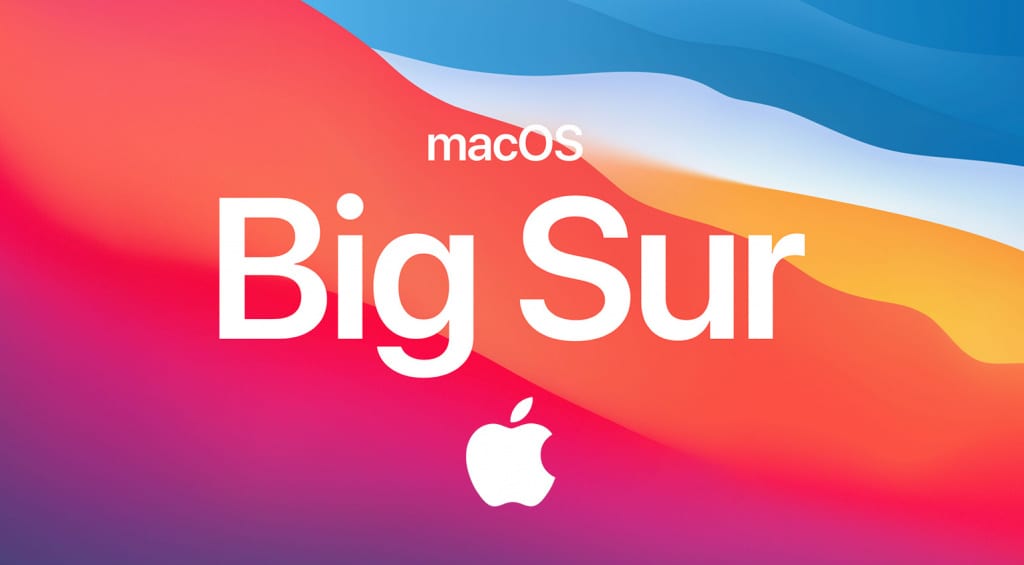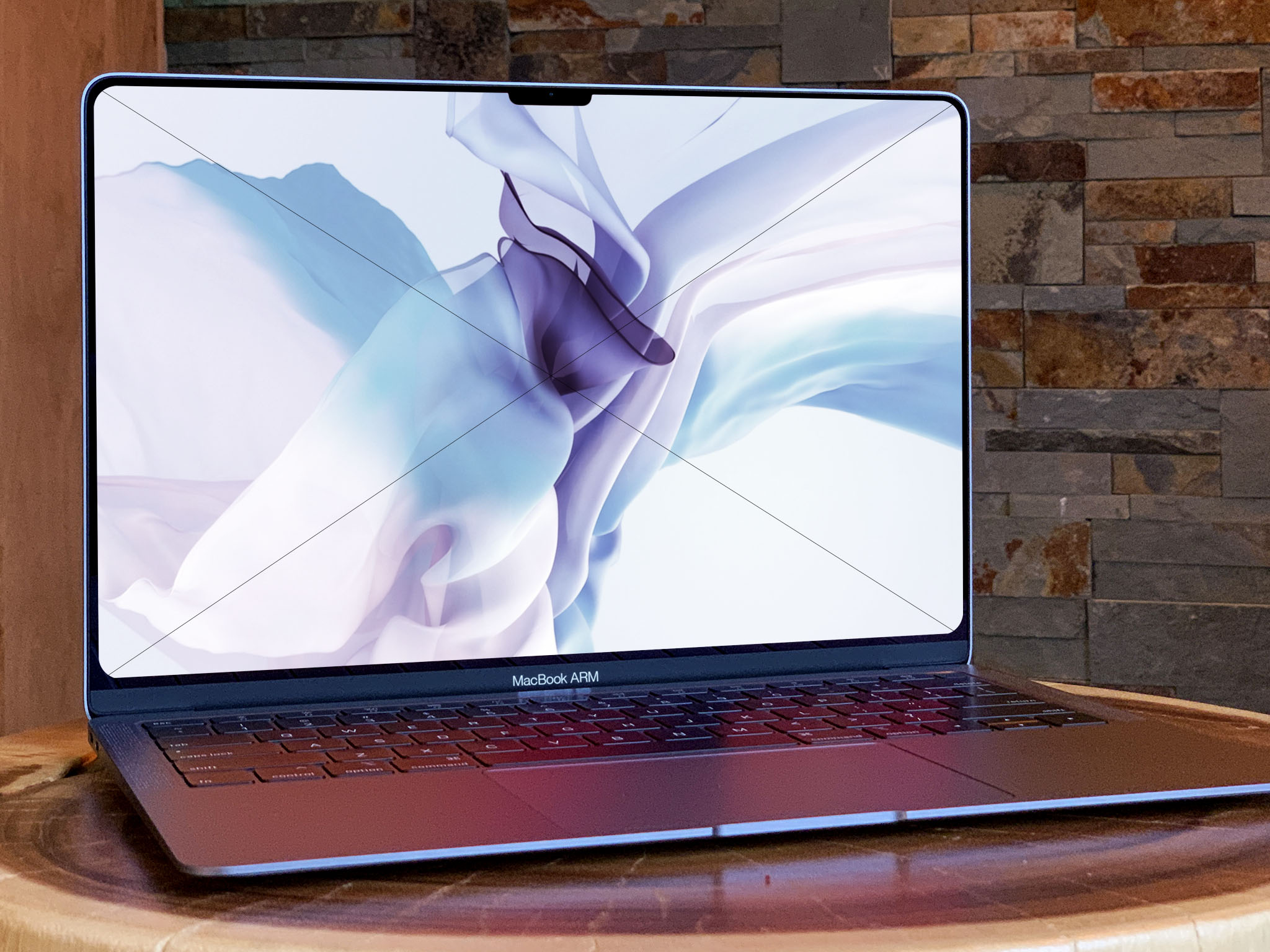Up In Arms Mac OS
I am on Mac Os X and I am having trouble compiling a.s ARM assembly file. My.s file is this: mov r0, r1 just to see if it works. But when i do arm-elf-as my.s i get an a.out file. I do chmod +x a.out and./a.out but it says cannot execute binary file. This has me confused, because it should be able to execute if i compiled it with arm-elf-as. Launched with Motorola 68000 series chips in 1984, the Mac switched to PowerPC chips in 1994 and to Intel x86 chips in 2005-2006. Apple first used the ARM architecture in 1993 in its Newton personal digital assistant, followed by the iPod in 2001 and the iPhone in 2007. Jun 22, 2020 Apple confirmed it is moving the Mac to the Arm architecture amid a big software design overhaul that brings MacOS, iOS, and iPadOS together in both look and feel. At WWDC 2020, Apple laid out a. Add Startup Programs in Mac OS X. Adding startup programs in Mac OS X is pretty easy and straightforward. To start off, click on the Apple icon appearing on the top-right corner and then select the option “System Preferences.”. Rumors of an ARM Mac are fairly recent, at least compared to the history of the Mac itself. But way back in 2003, Apple made what is really the first publicly visible step toward an ARM Mac.
It's late 2020 and you just got a brand-new Mac with Apple's own ARM processors. Exciting! But what will development be like?
Docker
I would expect about a 5x slowdown running Docker images.
Docker on a Mac utilizes a hypervisor. Hypervisors rely on running the same architecture on the host as the guest, and are about about 1x - 2x as slow as running natively.
Since you're running ARM Mac, these hypervisors can only run ARM Linux. They can't run x86_64 Linux.
What will happen instead? These tools will fall back on emulators. Emulators can run a different architecture between the host and the guest, but simulate the guest operating system at about 5x-10x slowdown.
Why can't you update the Docker image to also support ARM? You theoretically could switch your backend to run ARM Linux. However, this would take months - renting out ARM instances, re-building all repositories, and a tense switch over. What if your hosting provider doesn't offer ARM instances with the same system requirements as x86_64? What if you complete this migration and find it runs at half the speed?
Worse, it might be impossible if your images include files downloaded off the internet, as those are often only compiled for x86_64.
Up In Arms Mac Os 11
While moving your backend to ARM is far from impossible, it's a serious migration that you shouldn't take lightly. Getting a new laptop isn't enough justification to switch your backend architecture.
Up In Arms Mac Os X
Another option is to run Docker remotely. You set up an x86_64 Linux server, then allow Docker to connect to it remotely. From then on, all Docker commands instead run on the server. This is also supported in Docker, here is a tutorial on setting it up. This is what heavy Docker users will want to do.
VirtualBox
VirtualBox won't work.
VirtualBox is a hypervisor. Therefore, it won't be able to run x86 Windows or x86 Linux.
You could use VirtualBox to run ARM Windows. Windows already supports ARM, and has a similar binary translation system to Apple's, so it can run x86 binaries. However, VirtualBox only supports x86 hosts and guests and is unlikely to be ported by ARM.

VMWare Fusion similarly is a hypervisor that only support x86, but they're thinking about supporting ARM.
Instead of VirtualBox you might use QEMU, an emulator. However, QEMU is pretty low level and not often used to emulate Windows.
Boot Camp
Boot Camp won't work.
Boot Camp is an Apple-approved way to dual-boot Mac OS and Windows. Boot Camp will definitely not be available on ARM Macs. It might be added later with the ability to run ARM Windows, though Microsoft would have to approve.

Should I get an ARM Mac?
The point of this post isn't to say that ARM Mac is a bad idea, but to give a realistic idea of what developing on one would look like assuming nothing changes. It's possible Apple could release more virtualization tools before the ARM Mac launches.
Should you get an ARM Mac if you're a developer? If you work largely on frontend, mobile, or native apps, you'll probably be fine. But if you use virtualization often, I wouldn't recommend it. There will be a lot of problems early on, and not all of them will have solutions. My biggest concern is getting an ARM Mac and realizing I simply can't run an essential application on it.
However if you like troubleshooting these issues and are excited about ARM Mac, go for it! My plan is for those kinds of people to fix these issues.
Know something I don't? Have questions? Email me at bmalehorn@gmail.com.